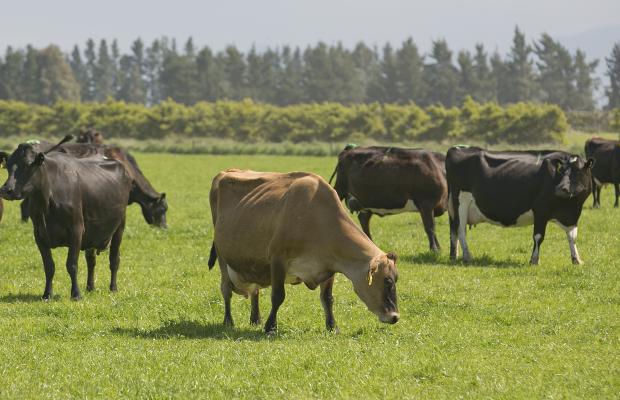The combination of increasing genetic merit and breeding worth in dairy cows while lowering stocking rates offered the largest reduction in emissions.
“Managing the drymatter intake by getting higher production out of better cows is directly related to the methane yield, provided the milksolids production stays constant or similar.”
DeKlein is a science impact leader in the Farm Systems and Environment Group of AgResearch working on nutrient losses to water and the atmosphere.
She was speaking to rural advisers who attended a GHG 101 Roadshow in Whangarei, organised by DairyNZ and AgResearch
The gas emissions in tonnes of carbon dioxide equivalent annually from a 121ha Waikato dairy farm could be reduced from 1600 to below 1400, researchers had established.
The breeding worth of that herd was 129 and the planned increase in genetic merit would deliver BW 199 in future.
The stocking rate was reduced from 3.2 cows to 2.6, milksolids production per cow annually increased from 373 to 447 but the production per hectare fell slightly from 1193 to 1163kg/ha MS.
A second option for greenhouse gas mitigation was reducing the cow replacement rate from the current normal of 22-23% to perhaps 18% with improved breeding management.
That could reduce GHG emissions by 2% to 11%.
Other management practices that promoted efficient animal production included improved animal health and reproduction, higher metabolisable energy in pastures and better use of supplementary feeds.
DeKlein also mentioned urease inhibitors and the use of stand-off pads during wet periods when nitrogen losses were highest though they were at the lower end of gas reduction efficiency.










